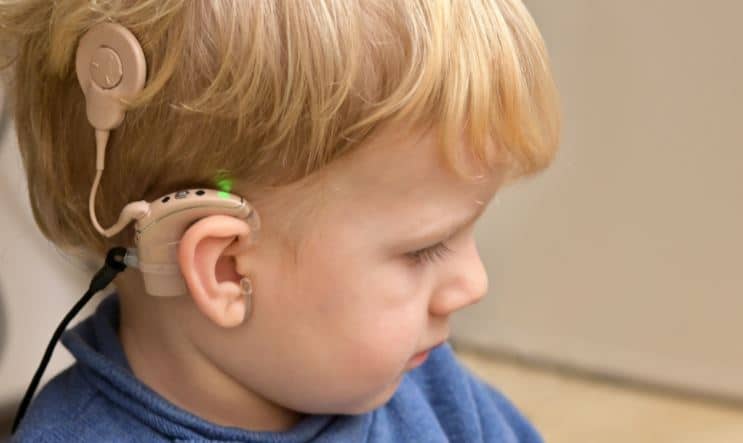Years ago, when we were only implanting one ear, there was a great deal of discussion about whether to implant the right or left ear. Sometimes the two ears have significantly different hearing. When only one ear was being implanted or one ear was implanted first, there was a lot of discussion about which ear to implant first. Some thought we should implant the ear with the poorer hearing ear and save the better hearing ear. Others suggested we should implant the better hearing ear since it is likely to have better results.
As we learn more about dead areas in the cochlea, we understand more about why hearing aids may not perform as well as we sometimes wish. Since we are now routinely implanting two ears, we do not need to dwell on which ear to implant. However, we are still discussing which ear to implant first when we are doing sequential implants.
I have always been a proponent of right ear first since most of the right ear fibers go to the left brain which is the language area – this is especially important for children who are learning language. Extensive research by Ruth Litovsky and others has shown that two ears are critical for a number of situations such as the ability to understand speech in noise and the ability to localize a sound source
In the last few years, there has been a lot of research about the effect of unilateral hearing loss. Fred Bess first reported in 1986 about the negative effects of unilateral hearing loss and began to examine the effect of hearing loss in right or left ears. Children with right ear hearing loss were more likely to fail a grade in school. Other studies reported that verbal subtests of cognitive performance were poorer if the loss was in the right ear.
Some research is indicating that a child with a left unilateral hearing loss may have psychosocial delays even if they do not show difficulty on speech perception testing. School staff needs to understand the effect of unilateral hearing loss and should be helped to understand that a left ear hearing loss may affect psychosocial situations even if a child is doing well academically.
Understanding this will help them to look for situations which need attention.
Hearing Technology: Hearing Aids & Cochlear Implants
Fitting a hearing aid or cochlear implant on only one ear mimics the effect of unilateral hearing loss. Educational audiologists often report that children with unilateral hearing loss arrive at school with nothing on the ear with the hearing loss. With what we now know, this is not appropriate.
If the hearing in the poorer hearing ear is aidable than that ear should be aided. If that ear is not hearing well enough to understand speech with a hearing aid, an osseointegrated device or a cochlear implant should certainly be considered.
Every child with any degree of hearing loss should have a remote microphone system for use in school and in other difficult listening situations including afterschool programs. Children with any degree of hearing loss (unilateral or bilateral) will have difficultly hearing in noise. They will need a remote microphone and we should be encouraging families and schools to use remote microphone systems on a full-time basis.
THERE IS NO SUCH THING AS A MILD HEARING LOSS. Every hearing loss, no matter how mild or whether it is unilateral or bilateral, will affect a child’s functioning. We can help kids be successful if we are very careful about being sure kids can hear what they need to hear.







